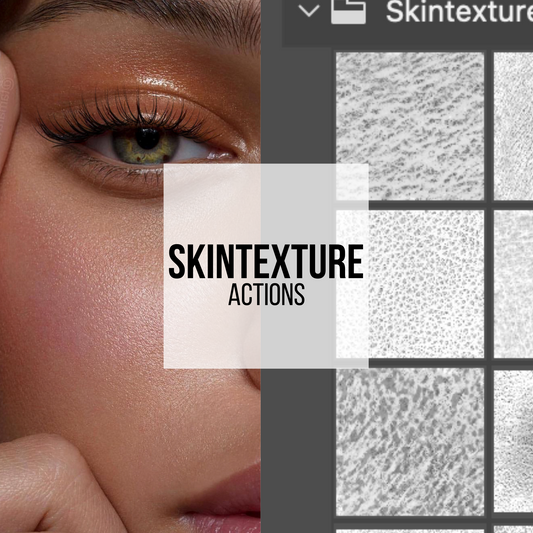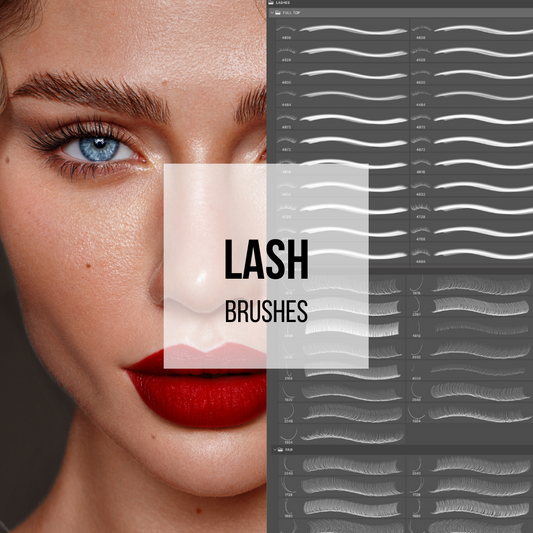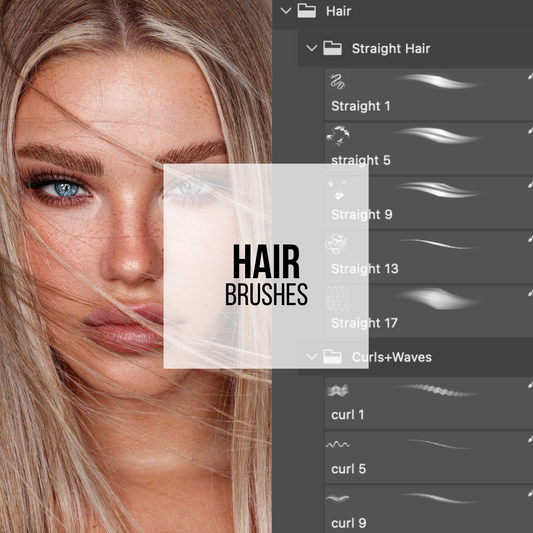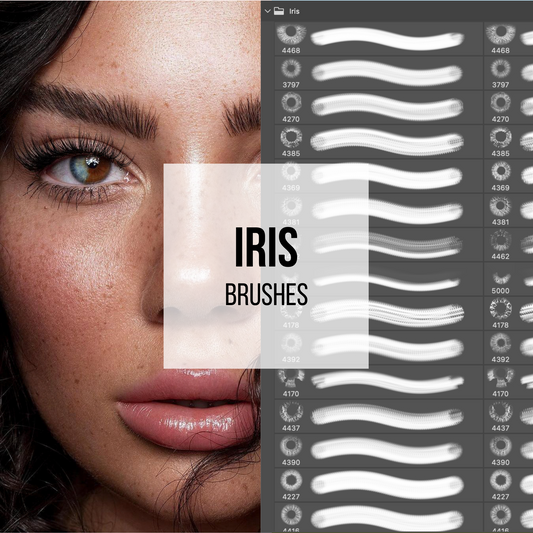Have you ever wondered why photographers spend time adjusting and perfecting their images after the initial shot? Welcome to the world of photo retouching, an essential step in the photography process that transforms good pictures into outstanding visual stories. But what exactly is the purpose of retouching? Let’s dive into this artistic journey and uncover the reasons behind this meticulous practice.
Enhancing Image Quality
The primary purpose of photo retouching is to enhance the overall quality of an image. Even with the perfect lighting and composition, there can be unexpected imperfections that appear in the final shot. Retouching allows photographers to correct these blemishes, ensuring that the image reflects their artistic vision.
Balancing Colors and Exposure
Capturing the right colors and exposure in-camera is challenging, especially in tricky lighting conditions. Retouching provides the opportunity to balance colors, adjust exposure, and bring out the details in highlights and shadows, resulting in a harmonious and visually appealing image.
Highlighting the Subject
Through retouching, photographers can direct the viewer’s attention to the main subject of the image. By adjusting brightness, contrast, and sharpness, or by subtly blurring the background, the subject stands out, telling a clearer and more impactful story.
Creating a Consistent Style
For professional photographers, consistency in their portfolio is key. Retouching plays a crucial role in achieving a cohesive look across all images, ensuring that they all reflect the photographer’s unique style and brand.
Repairing Old or Damaged Photos
Retouching is not limited to new photos; it’s also a valuable tool for restoring old or damaged photographs. Through careful retouching, photographers can bring faded colors back to life, repair scratches, and preserve cherished memories for generations to come.
Realizing Creative Visions
Sometimes, what the camera captures is only the starting point. Retouching opens up a world of creative possibilities, allowing photographers to manipulate images, combine elements, and experiment with different effects to realize their creative visions.
Conclusion
Retouching is more than just fixing imperfections; it’s an art form that plays a crucial role in the photography process. From enhancing image quality and balancing colors to highlighting the subject and creating a consistent style, the purpose of retouching is to elevate the image to its fullest potential.
Whether you’re a seasoned professional or a photography enthusiast, embracing the transformative power of retouching can lead to stunning visual stories that captivate and inspire. So, dive into the world of retouching, explore its endless possibilities, and watch as your images transform from good to truly exceptional.





